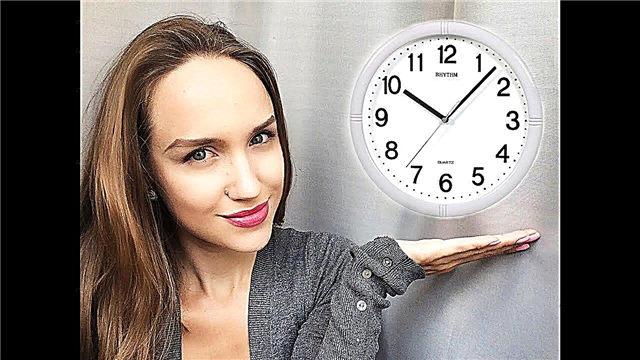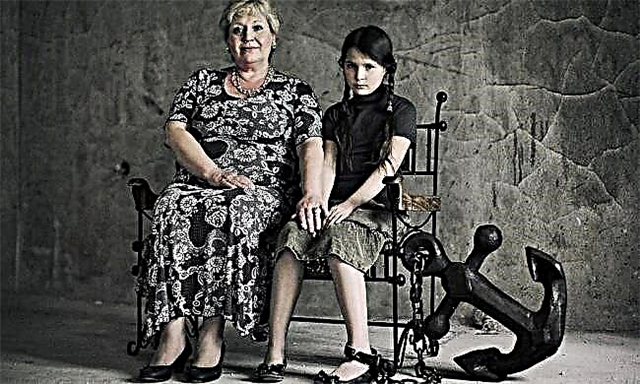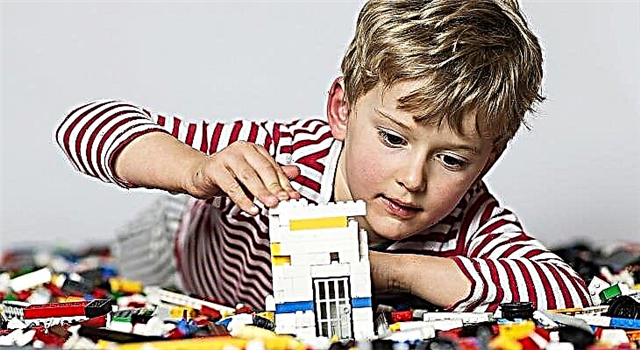 A newborn baby seems very fragile, so many young mothers may be afraid of taking the baby in their arms. Someone is afraid of accidentally injuring the child, someone is simply insecure, so his movements become awkward. In reality, babies have a very high “safety margin” and it is not as easy to harm a child as it seems at first glance. The best way to master the skill of carrying is to learn in advance how to pick up and hold your baby correctly.
A newborn baby seems very fragile, so many young mothers may be afraid of taking the baby in their arms. Someone is afraid of accidentally injuring the child, someone is simply insecure, so his movements become awkward. In reality, babies have a very high “safety margin” and it is not as easy to harm a child as it seems at first glance. The best way to master the skill of carrying is to learn in advance how to pick up and hold your baby correctly.
Why pick up?
No matter how absurd this question may seem, there is an opinion in society that it is worth picking up a child as rarely as possible. Common fears of “hand-training” lead some mothers to keep their baby to a minimum. If you are not a supporter of cribs and playpens, you will have to carry your baby in your arms quite often. This is very useful for a baby for several reasons:
- For a child, bodily contact with a mother is simply necessary, this is a confirmation of her love and strengthening of affection between mother and baby;
- In the hands of an adult baby, he actively learns the world, sees space from a new angle, has the opportunity to get acquainted with people, objects and phenomena;
- Correct carrying of a child in his arms contributes to his harmonious physical development.
We take the baby on the arms
If the child lies on a horizontal surface, picking him up is a special ritual. There is nothing complicated in this, but there are some rules that must be followed so as not to frighten the baby and not harm him.
You need to lift the baby with both hands. We hold the back of the head with the palm of one hand, and the ass with the palm of the other hand. All movements must be smooth and careful.
We put the child on a horizontal surface
You also need to be able to put the baby back in the crib correctly. We lower the baby in the same way as we raised it, supporting the head and butt. It is very important to lower not only your arms, but also lean forward with your whole body. In this position, it is easier to coordinate hand movements, so the child is "insured" he falls on the crib or just careless landing.
After the baby touches the surface, you need to count a few seconds, and only then remove your hands. This is done so that the child has time to adapt to the new position of the body, new support, and not be frightened.
We hold the crumb in our arms

In the arms of an adult, a newborn child can be in different positions. Using different poses is useful for both parents and the little one himself. For parents - to prevent muscle strain, since each method of supporting a child uses different muscles. For the kid - also for reasons of training different muscles, and for a variety of angles for viewing the surrounding space.
Cradle

The classic way to hold your baby horizontally. At the same time, the head of the baby is located on the elbow bend of the adult, with the other hand the parent grasps the body and holds the legs, butt and back. With this method of wearing, the child himself is, as it were, turned towards an adult, belly to belly.

If the child is often in this position with mom or dad, adults need to alternate their hands, laying the baby's head on the left or right side. This is necessary for the child himself as prevention of curvature of the spine and torticollis.
Column

The pillar is usually carried by toddlers after feeding. In this position, it is easier for the baby to regurgitate the excess air that accumulates in the stomach during feeding. In this position, it is very important to provide support throughout the spine and to hold the head. The child is held facing him, his chin rests on the shoulder of an adult, the hands of an adult hold the baby in the neck and lower back.
In general, the vertical load on the spine is not useful for a newborn baby, therefore, it is better to carry the baby in a column, dosed, for 5-10 minutes after feeding.
You can also hold the child with a column facing away from you. The child's head rests on the shoulder, and we hold the legs and breast with our hands.
On the tummy

Many babies are very fond of "flying" in the arms of mom or dad, face down. This position also helps to improve the discharge of gas and is the prevention of infant colic. Parents are afraid to put the child on his tummy in his crib, because various "horror stories" are constantly hovering around this position, so carrying the child in his arms face down is much calmer.
To hold the baby on the hands with the tummy down, we place the palm of one hand on the baby's breast, while the baby's chin is on the elbow. We pass the other hand between the legs, holding the baby by the tummy with the palm.
Sit like Buddha

The child in this position resembles a sitting Buddha, although apart from the external resemblance, this position has nothing to do with the actual sitting. The child's back and head rests against the chest of the adult holding him. An adult holds the baby by the breast with one hand, and with the other hand holds the legs with the feet folded together. The baby seems to be sitting in the Lotus position.
In spite of the apparent "twistedness", this position is quite physiological for a child. It is enough to remember in what position the child is in the mother's stomach. Breeding the hips at this angle is also useful for the baby: it is a good prevention of hip dysplasia.
What not to do
Separately, I would like to “walk” through the precautionary measures and indicate how you can not take and hold a child in your arms.
- Do not lift the child by the hands and wrists. The joints of the newborn baby are still very weak.
- You can not lift the baby without holding the head. The muscles of the neck have not yet strengthened, without support the head tilts back.
- If the baby is already in your arms, make sure that its arms and legs do not hang down.
- In an upright position, always check the back support. The vertical load on the spine for a newborn baby is very harmful, and the consequences may not appear immediately, but only closer to preschool age.
- You need to hold the baby in your arms very carefully, not pressing him too tightly.
Watching the video: how you can't carry a child in your arms. Wrong grips:
We hold the child correctly during hygiene procedures
A separate narrow question is how to hold a newborn baby while washing and bathing. This is usually the case from nurses at the hospital or during post-discharge nursing care. However, a little cheat sheet for parents will not be superfluous.
- When washing, the baby should be face up. In fact, we hold the child with one hand and wash it with the other. The baby's head is on the elbow, the little body on the forearm. With the same hand on which the baby lies, we hold him by the thigh. At the same time, the second leg hangs down, opening the crotch for washing. It is the newborns that are washed in this position. Older children can be washed in a face-down position.
- While bathing, the baby is held by the head and butt. The most important thing is to ensure that the chin of the crumbs is always above the water level.
We read in more detail: Hygiene of newborns (washing boys and girls)
For grandmothers and representatives of the older generation, some ways of carrying a baby in their arms are new and “exotic”, because before babies were almost always carried in a cradle position. Do not be afraid to deviate from old recommendations and try different ways to carry your baby. Subject to all the rules, the baby will only benefit from such a variety of positions.
We read further: How to wean a child



